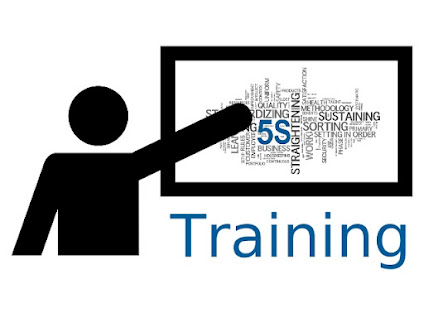How to Implement Effective FMEA Training in Your Team?
FMEA (Failure Mode and Effects
Analysis) is a powerful tool used in various industries to identify, prioritize
and mitigate potential failures in a system, process or product. It is a
proactive approach to risk management that helps organizations to improve their
processes and products, reduce costs, and increase customer satisfaction.
However, in order to fully utilize the benefits of FMEA, proper training is
essential. In this blog post, we will discuss how to implement effective FMEA training
in your team.
1)
Understand the basics of FMEA:
Before you start training your team
on FMEA, it is important to have a thorough understanding of the basics of FMEA
yourself. This includes understanding the concepts of failure modes, effects,
and causes, as well as the different types of FMEA (Design, Process, and
System). This will not only help you in delivering the training effectively but
also in answering any questions or clarifications from your team.
2) Identify
the training needs of your team:
Every team is different and has
varying levels of knowledge and experience with FMEA. Some may have a basic
understanding, while others may be completely new to the concept. Therefore, it
is important to assess the training needs of your team before designing the FMEA training program. This can be done
through surveys, interviews, or discussions with team members.
3) Develop a
customized training program:
Based on the training needs of your
team, develop a customized training program that covers the basics of FMEA, its
benefits, and its application in your specific industry or organization. The
training program should be interactive, engaging, and practical, with real-life
examples and case studies. It should also include hands-on exercises to help
your team apply the concepts they have learned.
4) Involve
experienced FMEA practitioners:
It is always helpful to involve experienced
FMEA practitioners in the training program. They can share their knowledge,
experiences, and best practices with your team. This will not only add value to
the training but also provide your team with a different perspective on FMEA.
Also Read: QMS Training
5) Provide
access to FMEA tools and resources:
In order to effectively implement
FMEA, your team will need access to various tools and resources. This may include
FMEA software, templates, and reference materials. Make sure to provide your
team with the necessary resources and familiarize them with their usage during
the training program.




Comments
Post a Comment